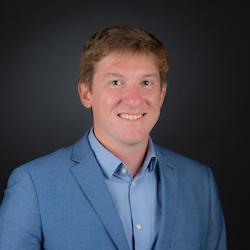I help you achieve more, faster
With more than a decade of experience in software development, project management, and entrepreneurship, I can help you make faster and smarter decisions. Unlock the power of your team by implementing better workflows, best practices, and modern management approaches.
Book a 30-minute introductory call

You can schedule an initial, free of charge, 30-minute call to discuss your project. My rates are $150/hour (€140/hour) for 1:1 coaching, code review, and short-commitment projects, and $110/hour (€100/hour) for longer term applications, such as project or program management.
Why Me
I have more than a decade of experience developing software for complex
scientific instruments, with real-time data analysis options, and User-Interface design.
I have worked on projects ranging from automating measurement benches,
to building software for microscopy.
I also have a background as an entrepreneur, which means I can help you focus on the key features your customers want. Are you building an MVP? Rest assured we speak the same language.
How I work
After the initial discussion, we lay out a plan. It includes milestones and timelines. It is also important to have clear deliverables, such as reports, presentations, or meetings with different stakeholders.
Most projects (but not all) specify the total number of hours allocated. I will keep you informed on the progress, and remaining time budget so you can prioritize tasks according to your needs. Transparency is a core tenant of my way of working.
I am based in Paris, France. Depending on the size of the project, I am willing to periodically commute to your location. Ideally, most of the time I'll engage in remote interactions with your team members.
What I can do for you
These are some of the topics I have experience with.
Feel free to challenge me with new questions!
- 1:1 Mentoring
- Architecture and implementation
- Code Review and improvements
- Transition from LabView to Python
- Team assesment
- Project management in complex scenarios